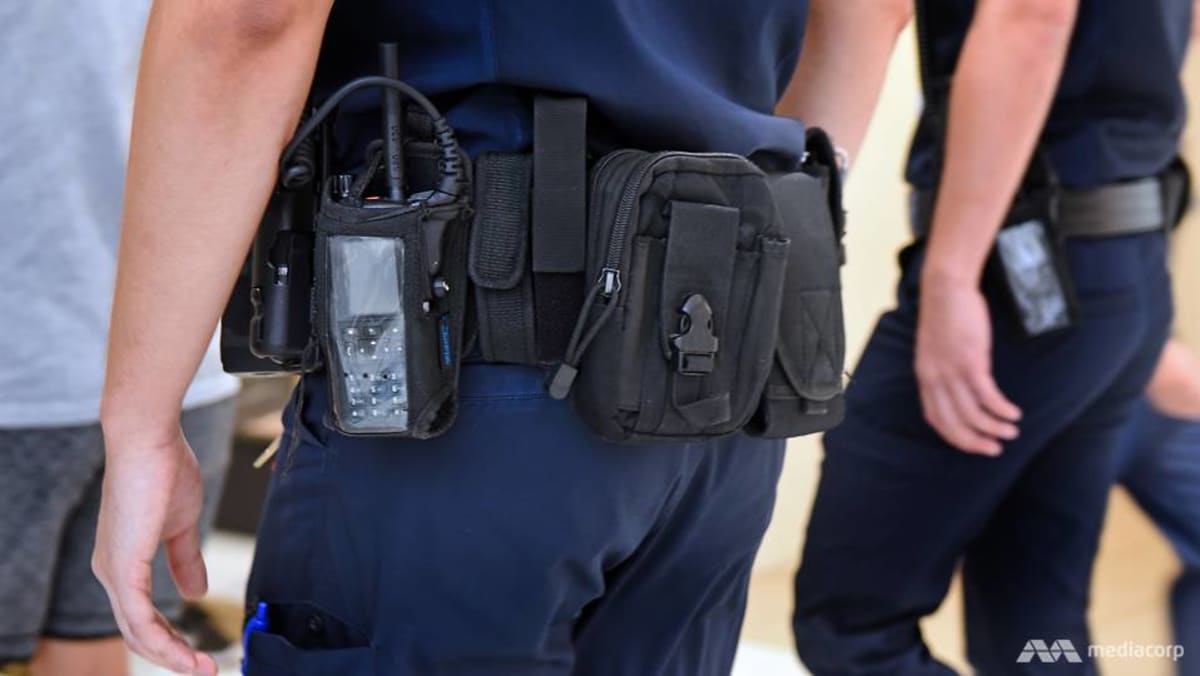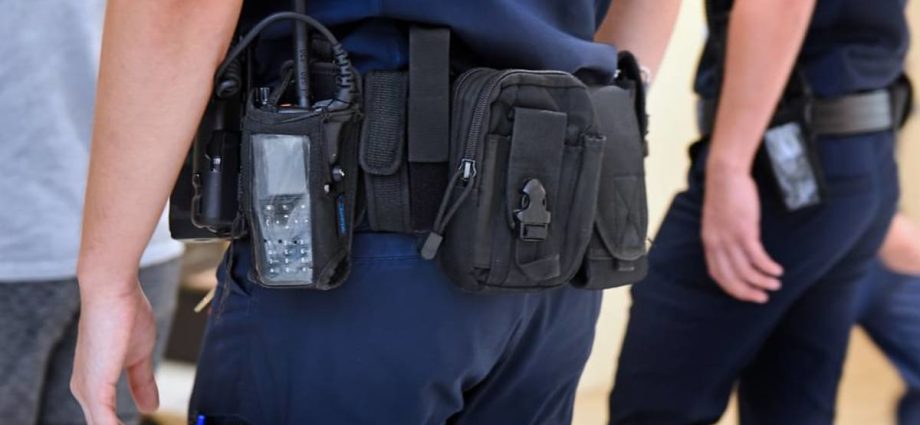
Home Affairs and Law Minister K Shanmugam subsequently voiced his concerns over the judgment. He said MHA was considering whether to seek permission to challenge it or enact laws to address gaps “between the policy intent and the position in law”.
One of MHA’s concerns was that the judgment would lead to defensive policing – where police officers on the ground do the least possible to avoid being over-analysed.
However, MHA ultimately did not mount an appeal because the apex court did not allow it to challenge the finding of bad faith. The High Court had also ruled in accordance with the law at the time.
ALIGNMENT OF LEGAL POWERS
Under the Bill, the Police Force Act – which governs the Singapore Police Force – will be amended to align the powers of apprehension in MHCTA, as well as other laws, with the powers of arrest under the Criminal Procedure Code.
This will allow police officers to search, restrain and use necessary force when apprehending someone under MHCTA and other laws that empower police officers to arrest someone.
MHA said in their press release: “As the apprehended person may turn violent or possess offensive weapons, such powers are needed to protect the safety of the person being apprehended, as well as those around him.
“Currently, the law does not set out what powers are available to the police in apprehending a person.”
The Bill also makes clearer the thresholds that must be met before a police officer can apprehend someone under MHCTA.
At the moment, Section 7 of MHCTA imposes a duty on police officers to apprehend anyone believed to be dangerous to himself or other person, and if such danger is reasonably suspected to be attributable to a mental disorder.
Police officers must take the person for a medical examination, along with a report of the facts of the case, “without delay”.
MHA also gave a scenario to demonstrate why it was necessary to clarify the thresholds of apprehension under MHCTA.
In this scenario, the police receive a call for help about a person who threatened to kill his family members but did not say he would do it immediately. He has a history of mental disorder in the police’s records.
MHA said the complaint appears to be credible, and the threat of physical harm appears reasonably likely to occur and likely attributable to a mental disorder — even though it does not appear that the person would be carrying out his threats immediately or in a matter of hours.
“Without the proposed amendments, the current Section 7 of the MHCTA would not allow the police to apprehend the person, as the danger posed via the threat of physical harm was not sufficiently imminent,” MHA added.
“The proposed amendments will address this operational gap.”
OTHER AMENDMENTS
Separately, the Home Affairs ministry is looking to allow the police to decide not to take further action in non-arrestable offences. This is if they have reason to believe the case is not of a serious nature, or there are insufficient grounds for proceeding with the matter.
It is not a good use of public resources to investigate such cases or refer the informant to a magistrate or mediator at the Community Mediation Centre, which is the current practice, said MHA.
Similar provisions are already in place for arrestable offences.

